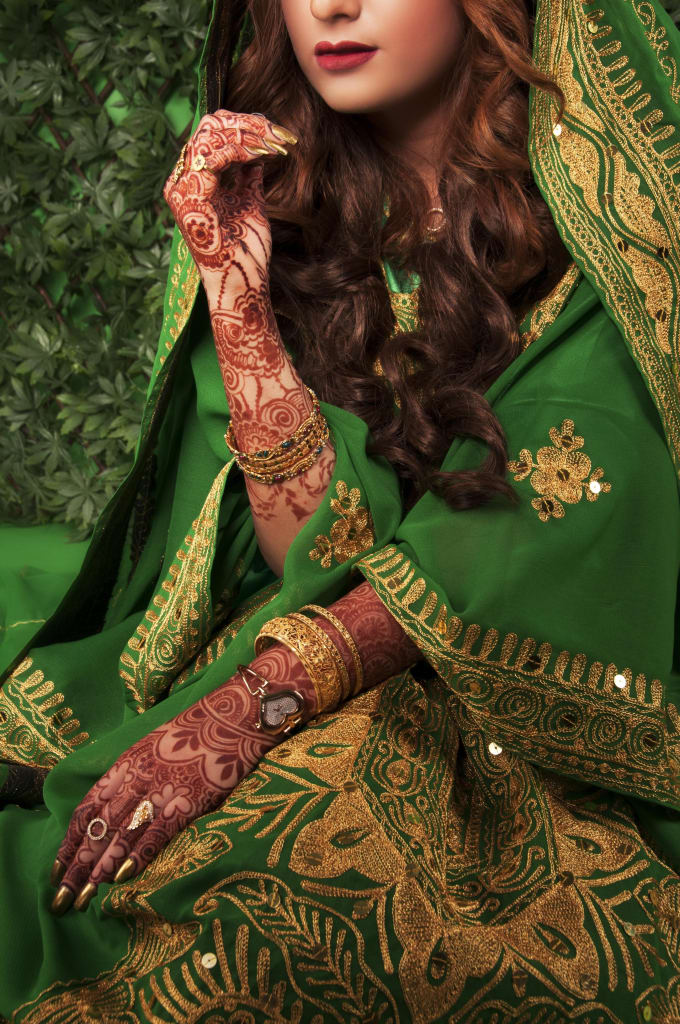India is the home for one of the most graceful and simplest feminine attire; the saree. Saree has been the part of Indian tradition since the earliest days of civilisation. The stupendous variety of saree designs in India inspires fashion enthusiasts and designers across the world. An amazing fact about saree is the number of styles in which it is worn at different places in India, in all geographical directions.
When it comes to fashion designing courses, the most enthusiastic a student can get to design should possibly be with sarees. From the simplest to the most embellished model, saree beats any other garment in the range of designs and categories it can come under. The cultural significance of saree is that there’s a saree for every occasion, age, and status. Wedding sarees, party sarees, casual sarees, festival sarees and much more constitute the wide range of models this one garment has.
Ethnic design in India starts with the saree and hence is a major attire that fashion designing schools get the students to study.
As varied are the types of sarees all over India, so are the methods of draping the saree at different regions and in different communities. With a wonderful diversity the garment presents in look and draping style, a fashion designing student has a wealth of matter to learn and create designs for.
It will be highly amusing and inspiring to run through some of the famous Indian saree varieties and the draping styles adopted by women in different areas.
The Nivi Drape
The Nivi drape is a distinct saree draping style from Andhra Pradesh. Originally an aristocratic style of wearing saree, the draping style is easily manageable for first timers wearing the six-yard saree.
In this style, the pallu of a well-draped saree is beautifully pinned to the shoulder to derive an aesthetically done pleat. In a variant of Nivi style called the Kacchanivi, the pleats are made to pass between the legs to be tucked into the back of the waist, letting free movement while the legs are still covered.
The Nauvari Drape
The original nine yard saree from Maharashtra, the Nauvari saree resonates the bold and independent attitude of Maratha women. This draping style needs the saree to be worn like a dhoti around the legs while the upper part, the pallu worn like a normal saree.
The drape gives great comfort and accentuates every movement of the woman giving a graceful appearance.
The Gol Saree Drape
The Gol Saree is a distinct Parsi attire and the saree is woven mostly in chiffon or georgette. When draping this saree, the pallu is styled over the blouse from behind. The pallu hangs in loose folds over the left shoulder, which is then brought over the right shoulder from where they are spread out. The pallu’s front side falls close to the hem.
The Madisaru Drape
The Madisaru is a tradition attire style from the Iyer and Iyengar community from Tamil Nadu. The Madisaru saree style is donned especially by married women and during festivals. This drape is a tough one to master and carry. In this style of draping, the lower half is worn like a dhoti and the upper part worn like a normal saree with the pallu.
An advantage that comes along with mastering this drape is that it can forego the need for a blouse or a petticoat.
Athpourey Shari Drape
This style is typical and most recognisable of Bengali culture. Wearing the saree in this draping style involves a box pleat coming at the front, while the pallu comes to the front from the back on both sides. In a traditional household style, the mistress of the house binds a bunch of keys to the pallu and throws it over the right shoulder.
The Seedha Pallu Drape
A draping style from Gujarat, the saree covers the upper body over a choli while the lower part is essentially a lehenga. The saree is used in place of a dupatta. While the total attire gives great mobility and comfort, the saree draped on the upper half displays very rich and intricate designs, adding to the beauty of the attire.
Creating designs for sarees that work best with each of these and a lot more types of traditional drapes is a creatively challenging endeavour for students learning fashion design at fashion designing institutes. With an eye on creating innovative designs merging the best parts of traditional designs and new age creativity, Hamstech Institute gets its students take the effort to redefine saree fashion for the future.
These draping methods have only been an introduction to the rich variety of Indian traditional draping styles. Every enthusiastic fashion lover can delve into the topic and find quite a few to admire and get inspired.






